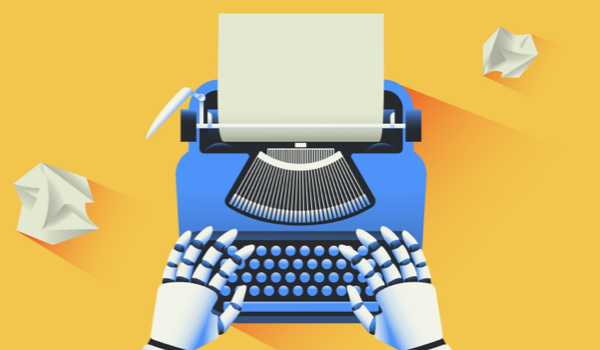


COLUMBIA, MARYLAND - Artificial intelligence (AI) is everywhere in tech conversations, enterprise plans and social network chatter. Many people can certainly use the words ‘artificial intelligence’ or ‘AI’ in a sentence. Using specific words properly in a sentence is often considered a sign of literacy, or at least it is believed this demonstrates an understanding of the required words. However, AI literacy - much like data literacy - must go beyond such simple demonstrations if it is to contribute value to one’s career or to an organization.
One thing that is not an example of AI literacy is ‘AI washing,’ which in general in this context refers to hype-speak, in which marketers or vendors or researchers claim their offerings involve a certain technology when in reality that connection is either minimal or nonexistent.
AI washing may be less than literacy, but fortunately there is also something greater than literacy, and that is AI fluency. This goes significantly beyond AI literacy into the realm of academic AI researchers, enterprise AI practitioners and developers, AI scientists and engineers, and AI entrepreneurs. Not only do these people far exceed the criteria for literacy, but they are primarily the ones building the future of AI.
AI literacy is therefore something between fluency and washing, between those who are expert professionals and those who are unaware of or unfamiliar with the basics of AI. True AI literacy thus empowers many more people to participate usefully in the current implementations and future operations of AI in businesses, industries, and personal lives without having to be fully AI fluent.
AI literacy can be defined as the ability to discuss meaningfully, use productively, suggest proactively, and envision forwardly applications of AI at home, in social settings, and in the workplace. Still, how does one measure AI literacy? Five characteristics - and, potentially,
The content herein is subject to copyright by The Yuan. All rights reserved. The content of the services is owned or licensed to The Yuan. Such content from The Yuan may be shared and reprinted but must clearly identify The Yuan as its original source. Content from a third-party copyright holder identified in the copyright notice contained in such third party’s content appearing in The Yuan must likewise be clearly labeled as such. Continue with Linkedin
Continue with Linkedin
 Continue with Google
Continue with Google







 2304 views
2304 views










